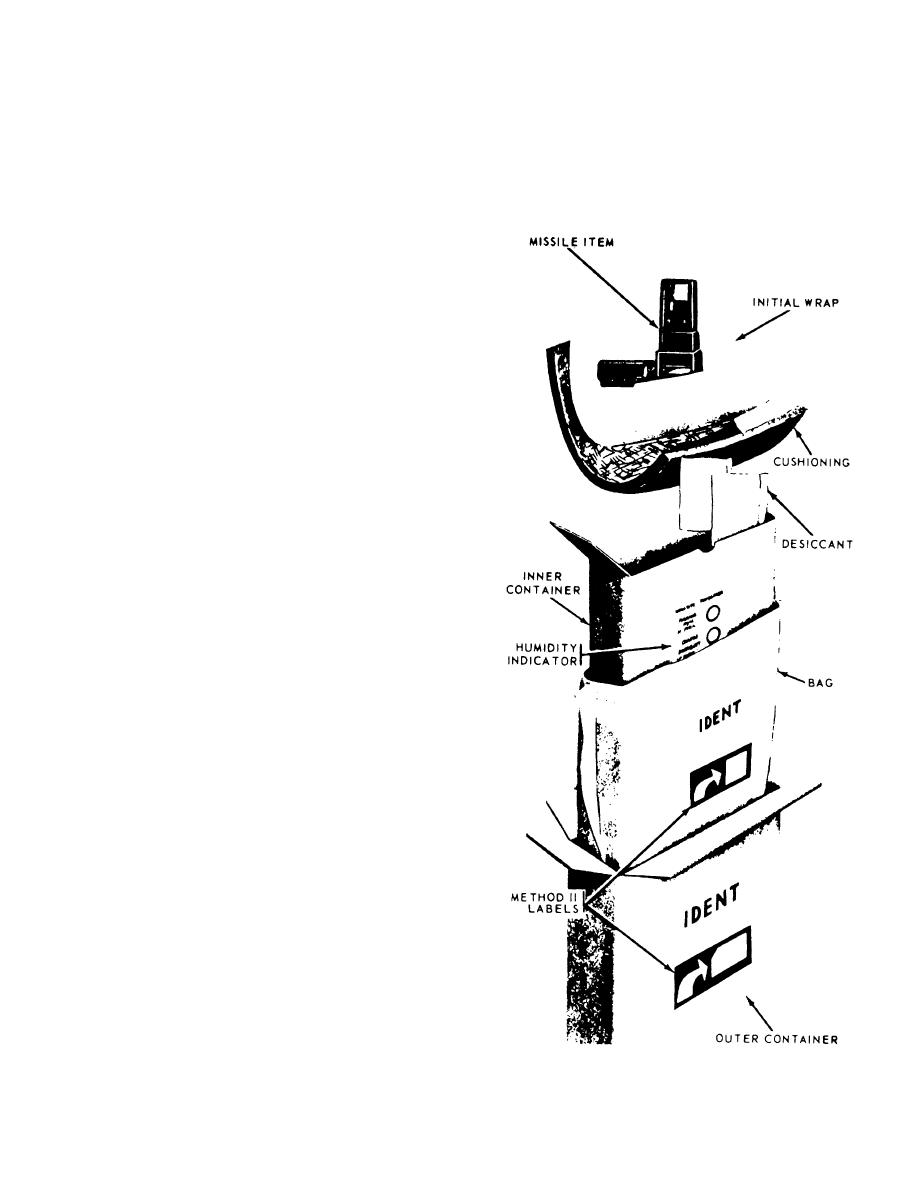 |
|||
|
|
|||
|
|
|||
| ||||||||||
|
|
 TM 750-245-4
permanently calibrated, reacts quickly to humidity
when required.
Externally mounted color change
indicators, unless otherwise specified, shall conform to
change, and is used for determining relative humidity
within rigid containers and flexible water-vapor-proof
specification entitled "Indicator, Humidity, Plug Color
Change. This indicator is a metal, plug type which is
barriers.
Section III. INSPECTION
11-7. General
At this level, a 100 percent inspection is desirable. The
procedures used may be a compilation of checklists,
routing cards, inspection sheets, test procedures, or
other documents normally used to define operations.
11-8. Inspection Points
The following points are based upon the assumption that
the inspector will have at hand all necessary documents
covering packaging and packing. These points are in
addition to regular inspection procedures, such as
accountability, dimensional checks, etc.
a. Are the containers or packaging materials in
contact with the item chemically nonreactive to the
hazardous material(s)?
b. Is movement within the container prevented or
controlled by shock mount systems?
c. Does the identity of the item check with the
shipping instructions and bill of lading?
d. Are the contents (if more than one item)
compatible with no inert parts separately packaged?
e. Does the container qualify under the applicable
requirements?
f. Is the shipping container closed in conformance
with applicable requirements?
g. Are unit or intermediate container, net and gross
weight, or volume within the limits allowed?
h. In addition to other required markings, is the
proper shipping name shown exactly?
i. Are other required precautionary markings
shown correctly?
j. Are the proper labels affixed, as required by the
applicable tariff?
k. Does an empty container have obliterated
explosive and hazardous markings, proper shipping
names, and any explosive or hazardous label covered
with the "EMPTY" label?
I. Is the classification of the material valid and
correct?
m. Is the container authorized for this material
correct for volume, weight, mode of transportation?
n. Is the container marked with one of the
following: DOT specification, Government specification,
BA number?
o. Do drums have DOT or military specification
inspection schedule maintained?
Figure 11-3. Deficiencies
11-4
|
|
Privacy Statement - Press Release - Copyright Information. - Contact Us |